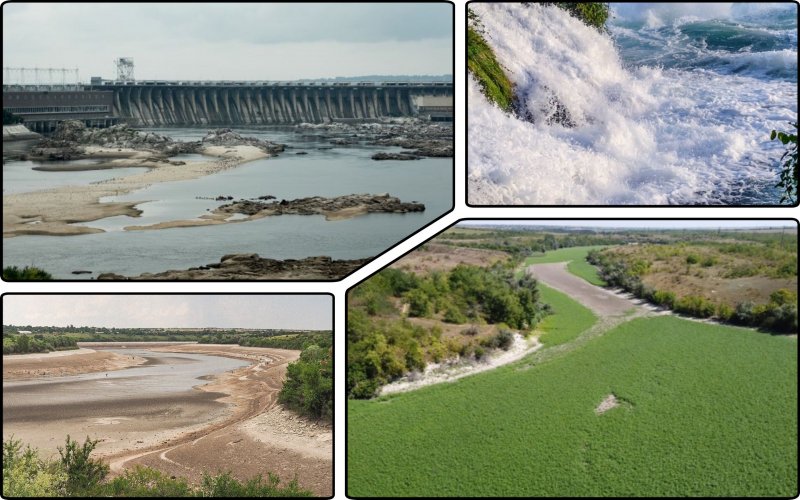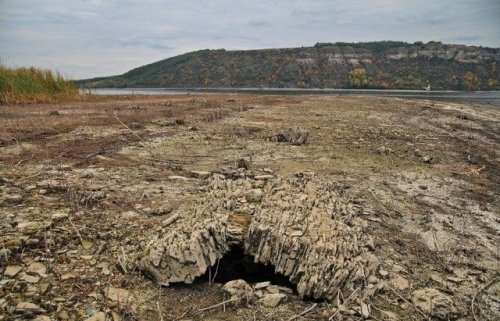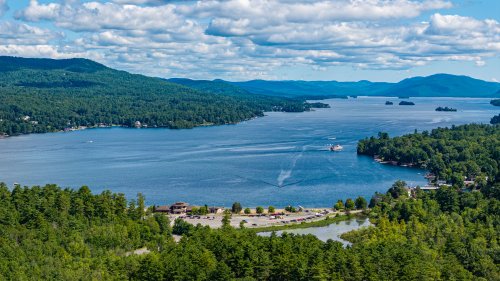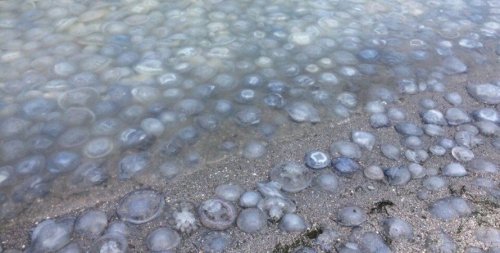Geobotanist and doctor of biological sciences Yakiv Didukh stated that it is not advisable to rebuild the Kakhov reservoir on the scale it occupied before the Russians blew up the hydroelectric power station (2.1 thousand km2).
In an interview with RBK-Ukraine he said that according to experts' estimates, it will be possible to fill it with water only in 8 years, and during this time the territory will not be suitable for flooding, as it will be overgrown with grass and trees.
He noted that the area of the Kakhov reservoir reached 24% of the area of the Dnieper reservoirs. The HPP produced 8% of energy from the Dnieper reservoirs, or 1% of the total amount of electricity in Ukraine.
"So does it make sense to flood such a large area in order to get so little energy?" – said Didukh.
He emphasized that it is only necessary to partially flood the reservoir to fill the navigable water channel and provide the water cooling basin of the nuclear plant. And the production of electricity is secondary.
"Here, hydrologists must calculate how much water is needed to perform the relevant functions, and ecologists must calculate the losses. In addition, evaluate the benefits and losses of various ecosystem services and make a balanced decision," the biologist explained.
Didukh suggested building dams and deepening the river where necessary. In particular, take into account environmental and a number of other aspects and side effects, because it will be impossible to correct mistakes.
"After 8 years there [at the reservoir site] there will be tall trees and tall grass. When these thickets are flooded, the organic matter will rot and pollute the air, because the flow rate of water is insignificant. Although this is not the scale that causes the temperature to rise, it contradicts the doctrine of environmental protection and the fight against global warming," he explained.
The biologist added that there is a hypothesis that it is the forest "pump" that pumps in moisture and contributes to an increase in the amount of precipitation.
Earlier, Ecopolitic wrote, that in July, the Cabinet of Ministers approved a resolution on an experimental project to rebuild the Kakhovskaya HPP, which was blown up by the occupiers.
As EcoPolitic previously reported, in Kharkiv Oblast, a year and a half after the almost complete shallowing of the Oskil reservoir, the dam of which was blown up by the occupiers, began restore natural landscapes, which will probably take place on the territory of the shallowed Kakhovsky Reservoir.





